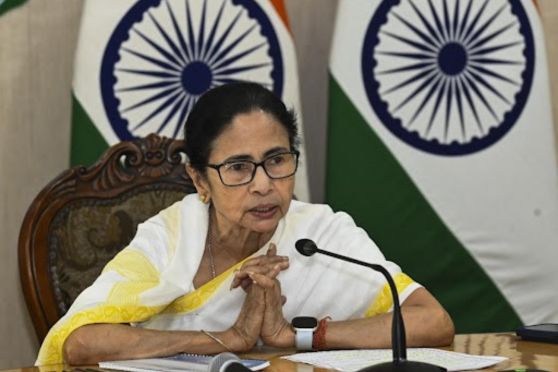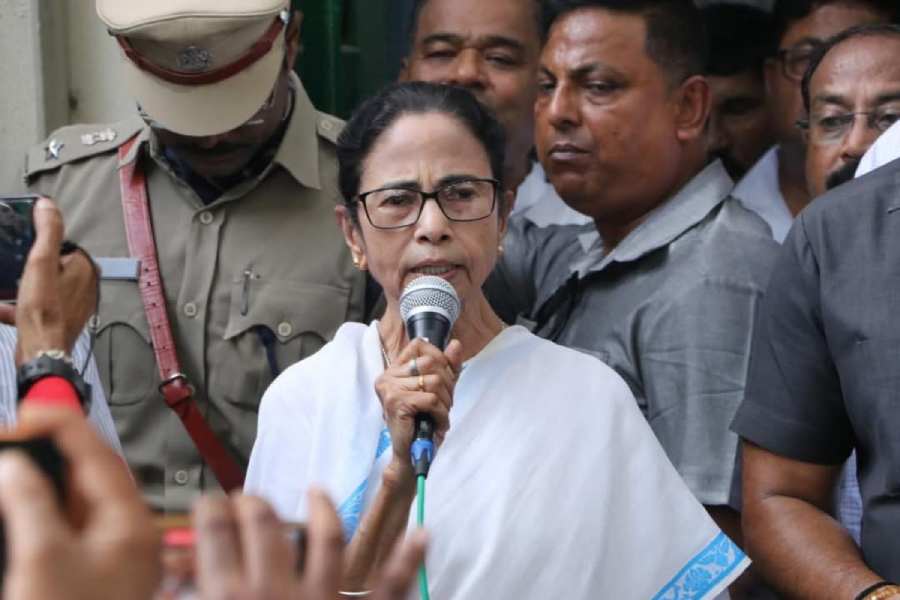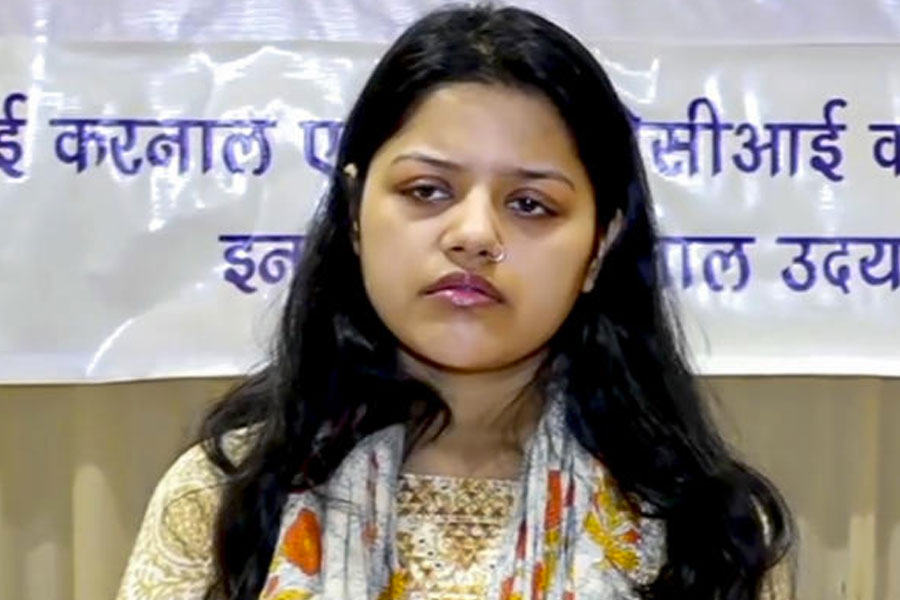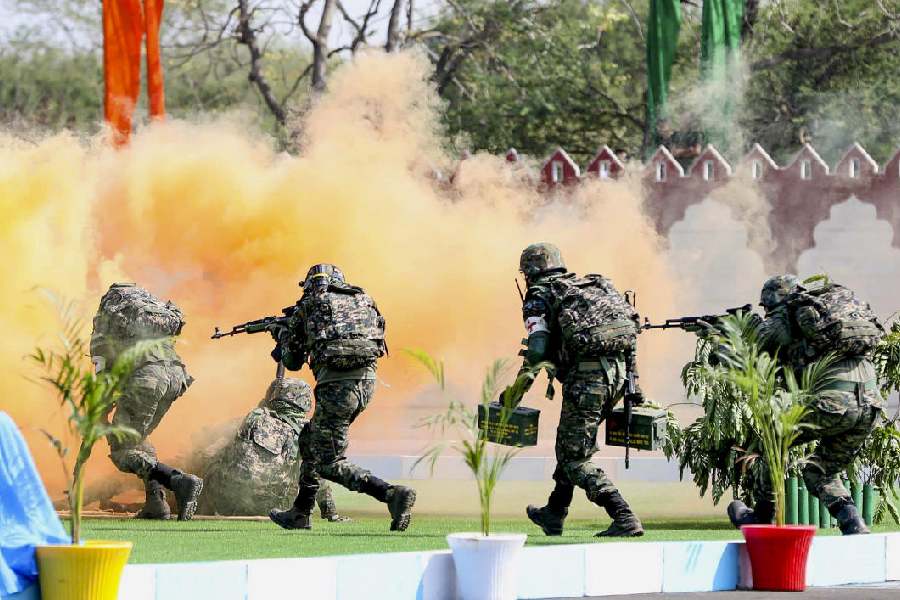
Rayalaseema is a sprawling geographic region in Andhra Pradesh that includes the districts of Anantapur, Chittoor, Kadapa and Kurnool. It touches the states of Tamil Nadu, Karnataka and Telangana. It is still the home of the hunting community of the Chenchus, who figure in its myths and legends. It was part of the Vijayanagara kingdom when it gained great strategic significance. After the dissolution of Vijayanagara state in 1664, it was occupied by the Qutb Shahis. The Mughals took over thereafter, and it was not till the British grabbed the territory after the defeat of Tipu Sultan that squabbling over it stopped. The contribution of this region to Kannada, Telugu, Tamil and Urdu culture and literature is great.
The name Rayalaseema was coined in the 20th century during the freedom struggle as the British term for it - "ceded districts" - was considered derogatory. After the Mysore wars, the Nizam of Hyderabad ceded the districts to the empire as part of a subsidiary alliance.
Rayalaseema: The Royal Realm: Architecture and art of Southern Andhra Pradesh (picture above) published by Marg and with contributors of the order of Anna L. Dallapiccola, George Michell and Anila Verghese is an illuminating book. The beautiful photographs of Surendra Kumar bring the region and its artistic legacy alive.
The book begins with George Michell's essay on the history of the region through which snake great rivers like the Tungabhadra, Pennar and Krishna flow, often through rocky gorges and rugged terrain. Anila Verghese writes on the famous pilgrimage sites of Srisailam, Ahobilam, and Tirumala and Tirupati, the super-rich temple town which attracts devotees from all over the country and the world, and Srikalahasti, renowned for its kalamkari cloth. Her piece is not only about their histories but the myths as well.
One of the earliest specimens of the region's art tradition of which few have survived, is the lingam at Gudimallam on which is carved the full figure of a young man in a transparent and revealing dhoti. Michell writes in fascinating detail about the architecture of the Hemavati temples. Even more absorbing are the wall reliefs of Srisailam with panels narrating the myths linked with Shiva worship, the devotion of the Chenchus, and others depicting royal figures, hunts, military themes and fantastic creatures like the gandabherunda, emblem of many royal families.
The architecture, history and elaborate carvings of Tadpatri and Somapalem temples, and the sculptures of Shiva, bosomy woman and fabulous creatures in the Virbhadra temple at Lepakshi, and the giant rock reliefs give rise to a sense of awe at the artistry and skill of those who created these monuments. Although we rarely hear of them, the fast-disappearing wall paintings of Lepakshi are captivating. The forts that dot this region are evidence of the region's violent history. However magnificent, this legacy needs to be protected and preserved, and George Michell makes an impassioned plea for this. Dams and even the immense popularity of some pilgrim sites have proved to be their undoing.










